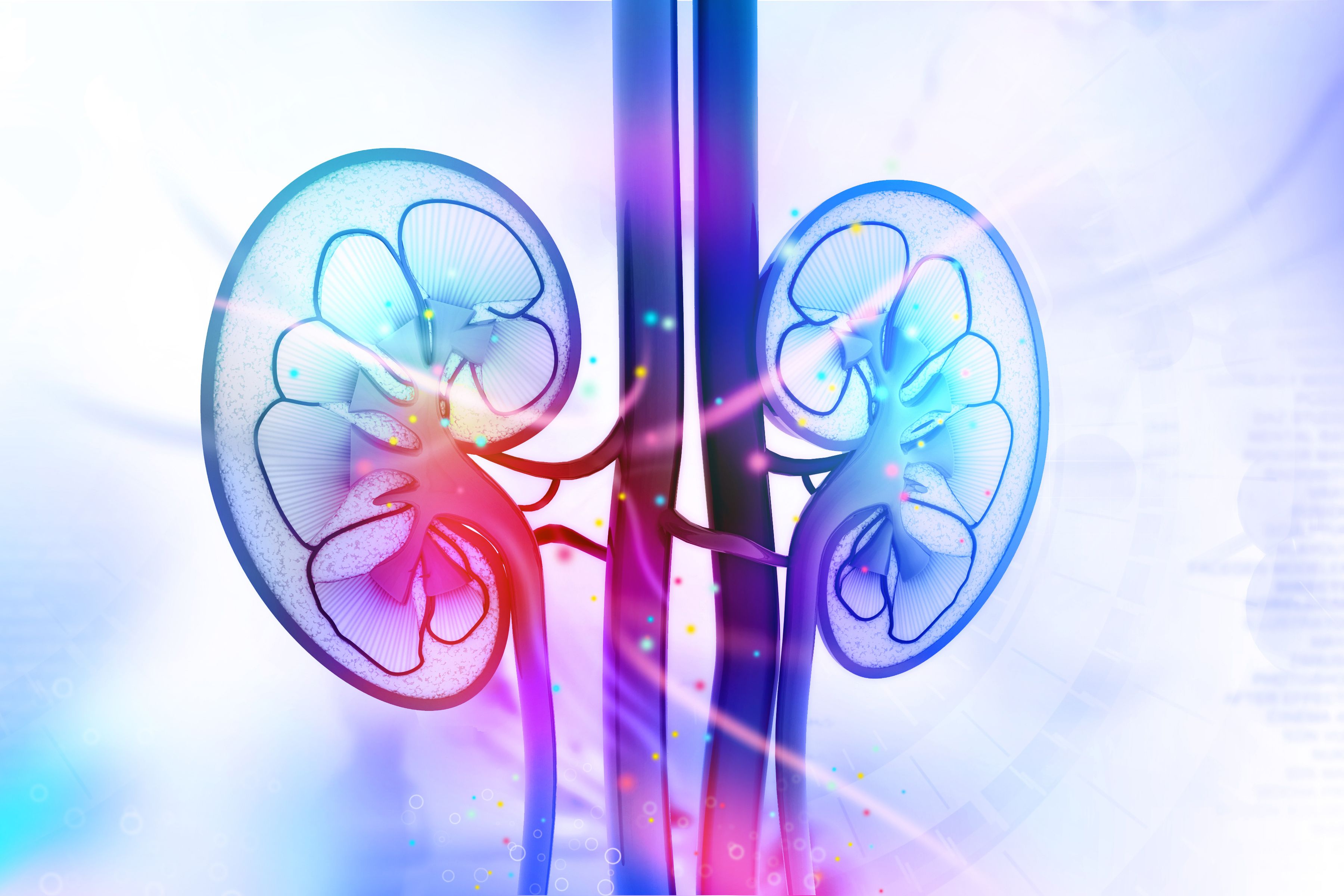News
Article
Serum C3 Predicts IgAN Prognosis, Clinical Indicators of Renal Function
Author(s):
Findings suggest serum C3 may be a viable biomarker for the occurrence and prognosis of IgAN, highlighting the role of the complement system in the disease’s pathogenesis.
Credit: Fotolia

Findings from a retrospective study are providing clinicians with an overview of the clinical and pathological effects of serum C3 levels and mesangial C3 deposition in patients with immunoglobulin A nephropathy (IgAN).
Patients with reduced serum C3 and strong mesangial C3 deposition had more severe clinical indicators of renal function and more serious pathological damage, highlighting the potential use of serum C3 as a biomarker for the occurrence and prognosis of IgAN and suggesting activation of the complement system is involved in the pathogenesis of IgAN.1
A disorder in which IgA builds up in the small blood vessels of the kidneys, IgAN causes inflammation that can interfere with the kidneys’ ability to filter waste from the blood. Little is understood about its pathogenesis and clinical manifestations, and the current lack of a cure and methods to predict disease progression also pose serious obstacles for clinicians. Some researchers have speculated the role of complement C3 in worsening kidney injury, although this association is not well understood.1,2
“The relationship between lipid-related indicators and IgA nephropathy remains unclear. Therefore, whether the density of C3 deposition will affect the clinical and pathological injury remains to be further studied,” wrote investigators.1
Seeking to investigate the clinical and pathological effects of serum C3 level, mesangial C3 deposition intensity, and blood lipid on IgAN, Rong Li, of the department of nephrology at the Second Hospital of Tianjin Medical University in China, and colleagues retrospectively collected data for 158 patients with primary IgAN diagnosed by percutaneous renal biopsy in the department of nephrology at the Second Hospital of Tianjin Medical University from August 2009 to April 2018. Investigators divided patients based on the serum C3 level grouping standard into low-C3 (serum C3 <90 mg/dL) and normal C3 (serum C3 ≥ 90 mg/dL) groups.1
Investigators noted there were no significant differences in age, gender, course of disease, height, weight, BMI, systolic blood pressure (SBP), and diastolic blood pressure (DBP) between patients in the low-C3 group and the normal C3 group (P ≥.05). However, the fasting plasma glucose, blood urea nitrogen, serum creatinine, and albumin levels were higher, and low-density lipoprotein, triglyceride, and 24-hour urinary protein levels were lower, all of which had statistically significant differences (P <.05).1
There were no significant differences in the pathological characteristics of the Oxford classification of renal pathological changes between the serum C3 decreased group and the normal C3 group, including mesangial proliferation, endothelial-cell proliferation, segmental glomerulosclerosis, tubular atrophy, interstitial fibrosis, and crescent body proportion (P ≥.05).1
Investigators further divided participants into a negative group (n = 65; 43.05%), a weak positive group (n = 51; 33.78%), and a strong positive group (n = 35; 23.18%) according to the intensity of C3 deposition in mesangial region.1
SBP in the negative C3 deposition group was lower than that in the strong positive group (mean difference −8.686; P = .010), and the SBP in the weak positive group was lower than that in the strong positive group (mean difference −10.415; P = .003). Investigators additionally called attention to statistically significant differences in DBP between groups with different C3 deposition strengths, noting lower DBP in the negative C3 deposition group in the mesangial region compared to the strong positive group (mean difference −6.684; P = .004). The DBP in the weak positive group was also lower than that in the strong positive group (mean difference was −6.797; P = .005).1
Other statistically significant differences were observed across the 3 deposition groups for the following parameters:
- BUN (F = 5.98; P = .003)
- Serum uric acid (F = 4.26; P = .016).
- Serum creatinine (F = 9.38; P = .001).
- eGFR (F = 5.95; P = .003)
- Serum C3 (F = 15.50; P = .001)
- Serum IgA/C3 ratio (F = 6.90; P = .001)1
Although the intensity of C3 deposition in the mesangial region had no significant correlation with mesangial proliferation, endothelial cell proliferation, segmental glomerulosclerosis, and crescent body proportion, investigators noted it was significantly correlated with the tubular atrophy and/or interstitial fibrosis, with statistically significant differences observed between groups (P <.01).1
“It was found that patients with decreased serum C3 and strong C3 deposition in the mesangial region had more severe clinical indicators of renal function. What is more, such patients were usually accompanied by more serious pathological damage such as renal tubular atrophy and (or) interstitial fibrosis, demonstrating that serum C3 could be applied as a potential biological marker for the occurrence and prognosis of IgAN disease, which provides a new strategy and direction for early clinical monitoring,” investigators concluded.1
References:
- Hou X, Liang Y, Zhang W, et al. The Clinical and Pathological Effects of Serum C3 Level and Mesangial C3 Intensity in Patients with IgA Nephropathy. Analytical Cellular Pathology. https://doi.org/10.1155/2024/8889306
- Mayo Clinic. IgA nephropathy (Berger disease). Diseases & Conditions. June 9, 2023. Accessed January 16, 2024. https://www.mayoclinic.org/diseases-conditions/iga-nephropathy/diagnosis-treatment/drc-20352274





